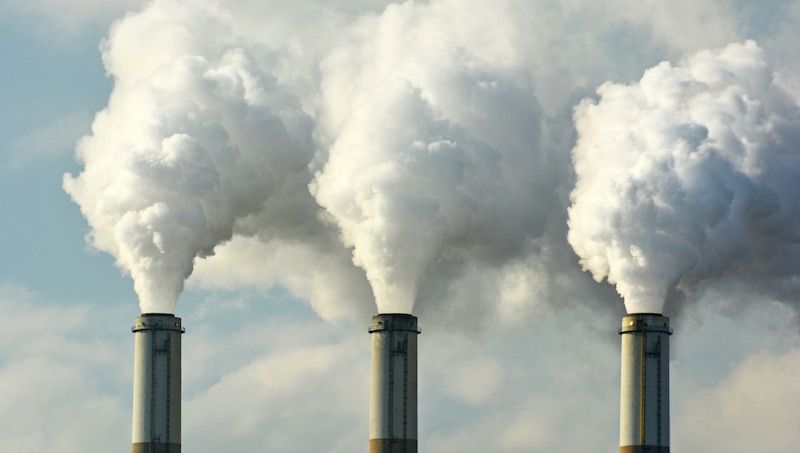For the very first time in human history the amount of CO2 within our atmosphere has reached 415 ppm. The relentless and ongoing increase in the amount of CO2 has continued ever upwards, and we keep reaching new records. This is the latest update.
The Keeling Curve
In 1958 Charles Keeling began formally recording the levels of Carbon Dioxide in our atmosphere from the NOAA Mauna Loa Observatory in Hawaii. Prior to that we had no continuous and consistent measurements. What he revealed were two things …
- The seasonal variations in Carbon Dioxide levels (caused by plants bursting into life and absorbing carbon dioxide during the summer, then falling into a dormant phase in winter)
- The ever increasing rate of Carbon Dioxide within our atmosphere (caused by us pumping out vast amounts of it)
Each day since 1958, it is updated with the latest reading. Below is the full record along with the first ever recorded instance of CO2 at over 415ppm
Ice Core data
We can do better than the above. By drilling into the ice sheets and then measuring the amount of CO2 trapped within the tiny bubbles we can work out what the levels of CO2 have been over the last 800,000 years.
In the above you can see us bouncing in and out of ice ages and the earth’s orbit varies at regular intervals due to the gravitational pull of the other planets, and then you can see when we began to industrialise.
You are breathing air that contains a level of CO2 never before experienced by any human ancestor; 415 is a first.
We aspire to addressing climate change, but until that precisely measured level starts to bend downwards, then we have in effect done nothing. As these levels continue to increase there will be consequences.
We have many options. Doing nothing in not one of the viable options.
In the Press
CNN (13th May 2019): There is more CO2 in the atmosphere today than any point since the evolution of humans …
Phys.org (13 May 2019): 415.26 parts per million: CO2 levels hit historic high…
“It shows that we are not on track with protecting the climate at all. The number keeps rising and it’s getting higher year after year,” Wolfgang Lucht, from the Potsdam Institute for Climate Impact Research (PIK), told AFP.
“This number needs to stabilise.”
…
“I’m old enough to remember when passing 400ppm was a big deal,” Gernot Wagner, a research associate at Harvard University, said on Twitter.
“Two years ago we hit 410ppm for the first time. By now, it’s 415ppm. And oh, the increase is increasing at an increasing rate!”
